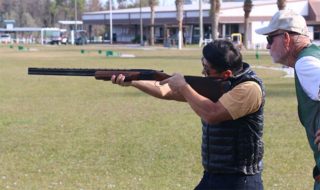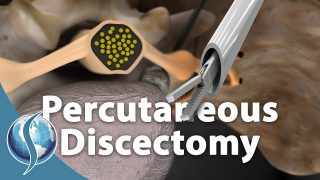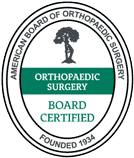Whiplash, a spine surgeon’s perspective
Unfortunately, whiplash has automatic negative connotations to most people. I hope we can have a civil discussion about this very emotional, personal, and at times, controversial topic. Whiplash does have it orgins related to locomotion. It was first described as an “acceleration-deceleration” motion to the neck (Crowe, 1928) typically cause by a collision. In the 1980’s the […]
Is Trauma the Cause of Cervical Radiculopathy?
As a practicing orthopaedic Spine Surgeon, I am constantly asked about the cause of cervical radiculopathy. From the patients, I am asked ” Doc, do you know why I developed this pinched nerve in my neck?”. And, since we are now in this environment of medical cost evaluation, the insurance companies then ask ” Doctor, […]
LOW BONE MASS, OSTEOPOROSIS AND BACK PAIN
Is there a connection between having ostepenia or osteoporosis (low bone mass) and having pain back pain? If you look through the medical literature and do a few Google searches, you will find that the standard answer is there is no association. Low bone mass does not cause pain. Osteoporosis has always been characterized as […]
Latest on Why Discs Herniate
The above image is taken from August 1, 2013 Spine. It is the title of the ISSLS Prize winning article by Dr. Rajasekaran. As you can see, it was a prospective study microscopically analysing disk material retrieved from 181 subjects, who underwent lumbar discectomy surgery. Patients selected for surgery met the criteria of being younger than 60 […]
Disk Degeneration in 21 Year Olds
During my training, it was assumed that the average adolescent or teenager should have normal disc anatomy. It was assumed that disc herniation/degeneration was a rare occurrence in that population. But, at that time, technology such as a MRI scanner was relatively new, rare and expensive. We did not have the capability to test to see […]
Dermatome Patterns
Dermatomal Patterns help physicians define nerve radiculopathy patterns. Most neurologists/spine specialists accept certain associated sensation, muscle strength, and reflex changes patterns to specific nerve roots. L5 radiculopathy is typically associated with weakness of the extensor hallucis longus muscle. That is the muscle that allows the great toe to point upwards. L5 radiculopathy also follows a […]









